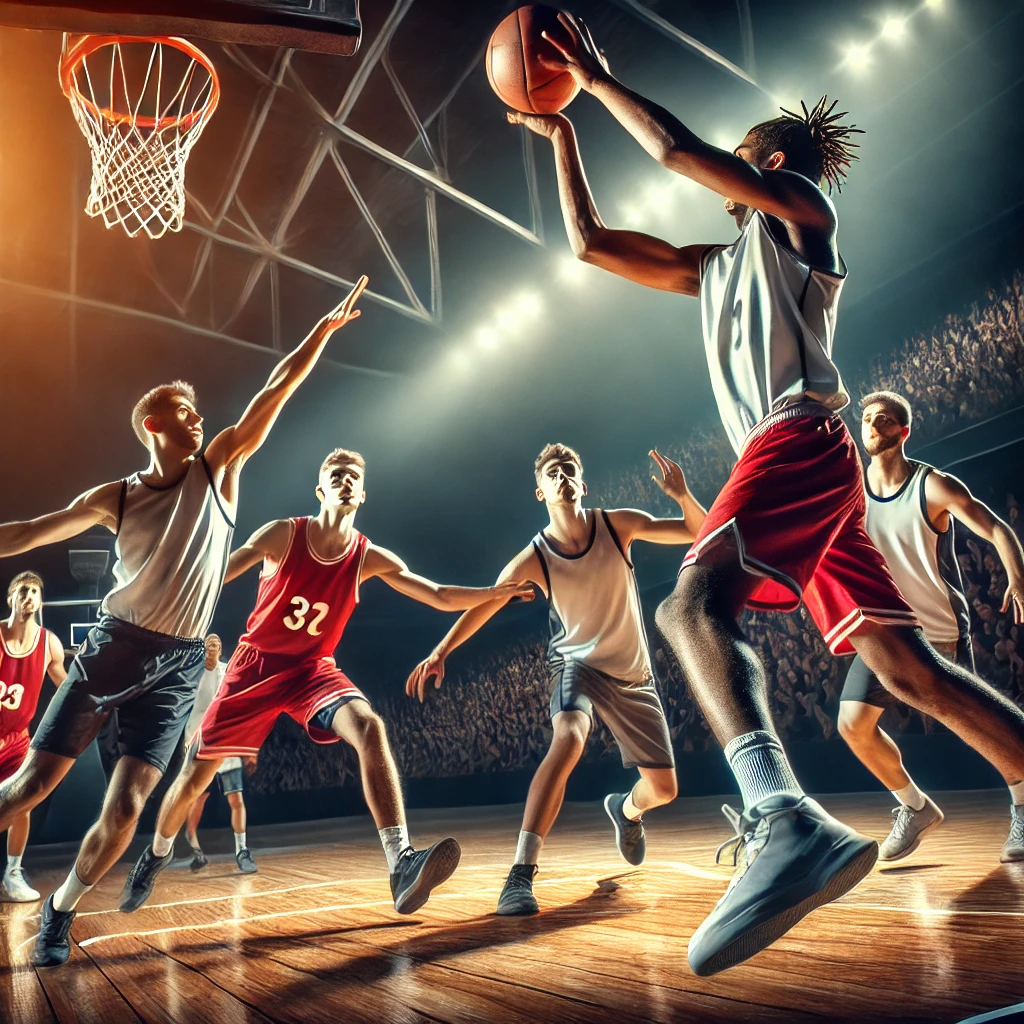Introduction
Basketball is one of the most popular sports worldwide, known for its fast-paced action, skillful plays, and intense competition. But a common debate among players and fans alike is whether basketball should be classified as a contact sport. While basketball isn’t as physically aggressive as football or rugby, it does involve significant player-to-player contact. In this article, we’ll explore the nature of contact in basketball, its classification as a contact or non-contact sport, and how the rules and regulations govern physical interactions on the court.
What Defines a Contact Sport?
Understanding Contact vs. Non-Contact Sports
A contact sport is typically defined as a game where physical contact is an integral part of gameplay. Examples include football, hockey, and wrestling, where direct body collisions are expected. In contrast, non-contact sports, such as swimming and golf, involve little to no physical interaction between opponents.
Where Does Basketball Fit In?
Basketball falls into a gray area—it is often classified as a limited-contact sport. Unlike full-contact sports, basketball does not encourage intentional collisions, but physical contact is inevitable due to the nature of the game. Players jostle for rebounds, set screens, and defend their opponents, leading to regular body contact.
Types of Contact in Basketball
Legal Contact
Some level of contact is allowed in basketball, as long as it does not give a player an unfair advantage. Common legal contact includes:
- Boxing out: Players use their bodies to gain position for a rebound.
- Setting screens: Offensive players legally block defenders to free up teammates.
- Incidental contact: Occasional bumps and brushes that occur naturally in the flow of the game.
Illegal Contact (Fouls)
The rules of basketball strictly regulate contact to ensure fair play. Illegal contact, or fouls, occur when a player gains an advantage through physical force. Examples include:
- Holding or grabbing an opponent
- Pushing or shoving
- Charging (offensive foul) – Running into a stationary defender
- Blocking (defensive foul) – Impeding an opponent’s movement unfairly
How the Rules Regulate Contact
Fouls and Penalties
To keep the game fair, referees enforce rules that limit excessive physicality. Players accumulate personal fouls, and excessive fouling can lead to free throws for the opposing team, disqualification of a player, or even ejection from the game.
Variations Across Different Leagues
Different basketball leagues have slightly different interpretations of contact rules:
- NBA: Allows more physical play compared to international basketball.
- FIBA (International Basketball Federation): Enforces stricter foul calls.
- College and High School: Prioritize player safety with strict contact regulations.
The Role of Physicality in Basketball
While basketball is not a full-contact sport, physicality plays a significant role in a player’s success. Strength, endurance, and toughness help players compete at high levels. Defensive players often apply body pressure to disrupt offensive players, and offensive players use their bodies to create space and gain an advantage.
Injuries Due to Contact
Despite efforts to minimize dangerous play, injuries still occur due to physical contact, including:
- Sprained ankles from stepping on opponents’ feet
- Elbow strikes when fighting for rebounds
- Concussions from accidental collisions
Conclusion: Is Basketball a Contact Sport?
Basketball is best described as a limited-contact sport. While physical interactions are a natural part of the game, the rules are designed to prevent excessive aggression. Players need to be physically prepared to handle contact while also being mindful of the rules to avoid fouls.

Yara Bryant is a dedicated sports journalist with a knack for breaking down game strategies and delivering in-depth analysis. With a strong background in sports coverage, she specializes in football, basketball, and motorsports, bringing fans the latest news, insights, and predictions.


No responses yet